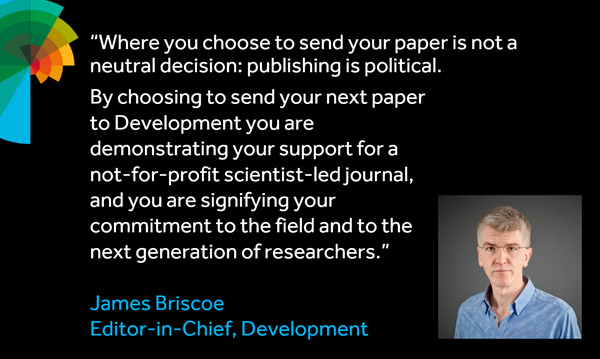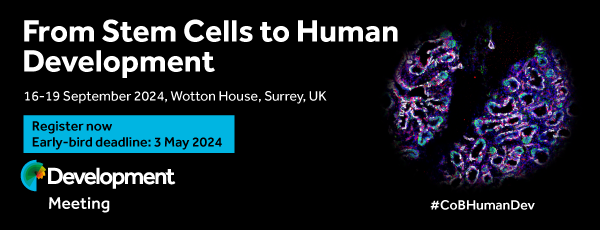
During epithelial wound healing, actin assembles at the leading edge of cells that border the wound, forming dynamic protrusions and, in some cases, an actomyosin cable. Together, these actin-rich structures are essential for wound closure. The process of dorsal closure in Drosophila shares many characteristics with wound healing and is a convenient system for cell biological analysis. Building on earlier results showing that the apical polarity determinant Par3/Bazooka (Baz) is lost from the leading edge of cells during dorsal closure, Tom Millard and colleagues (p. 800) now uncover a molecular mechanism by which Baz localisation regulates actin dynamics. Baz is known to bind the lipid phosphatase Pten, and the authors find that loss of Baz from the leading edge causes Pten redistribution. This, in turn, leads to an accumulation of the lipid PIP3 at the leading edge, which promotes formation of actin protrusions that are required for closure. This pathway is conserved during both dorsal closure and wound healing, offering a mechanistic basis for actin assembly during epithelial closure.








